NYC’s Forgotten ‘War on Christmas Trees’
Discover how an obscure holiday crackdown affects festive street vendors today!


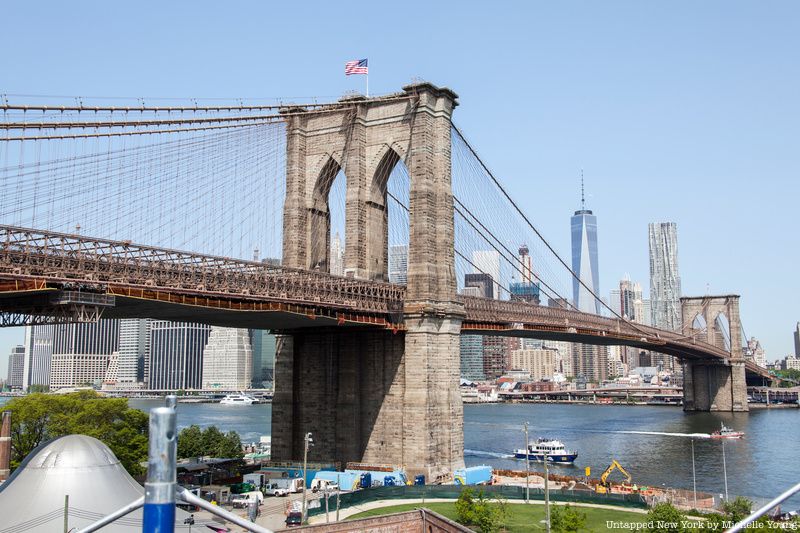
Some say the Roebling family was cursed. Patriarch John Augustus Roebling, the innovative engineer who designed the Brooklyn Bridge, died before it was completed. He caught a fatal infection after his foot got stuck and crushed between a ferry and the dock. His son, Washington Roebling, stepped in to fill his place, but soon he too fell ill. Before the bridge was finished, Washington became incapacitated by a debilitating case of caissons diseas,e or the bends. He would suffer from paralysis, deafness, and partial blindness for the rest of his life. The monumental task of bringing the construction of the Brooklyn Bridge to the finish line then fell to Washington’s wife, Emily Roebling. Look back at Emily’s incredible life!
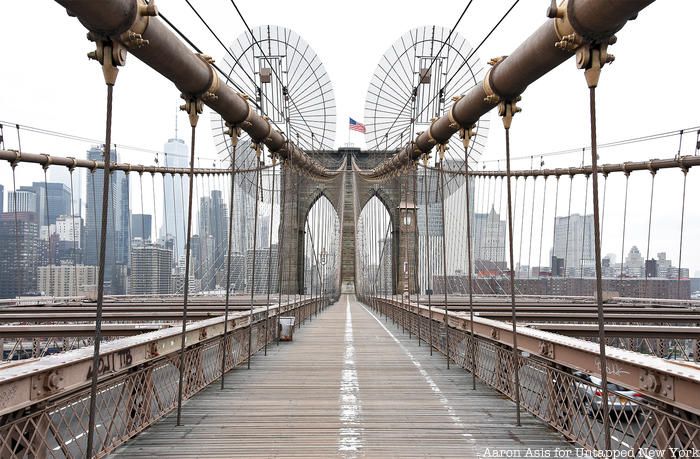
Emily was born into a wealthy family in Cold Spring, New York in 1843. She was sent to an elite girl’s prep school, Georgetown Visitation Convent for education. Upon meeting, Emily and Washington quickly fell in love and were married in 1864. The solid foundation of Emily’s education would help her in her future endeavors.
After Washington Robeling fell ill, it was largely Emily’s tenacity and know-how that can be credited with forever bonding the Roebling name to the bridge’s legacy. Washington was never able to visit the construction site with his disease. He monitored the progress through the window of his home in Brooklyn Heights with the aid of a telescope while Emily traveled to the construction site in his place, but she was no mere messenger.
At first, Emily simply relayed Washington’s instructions to his assistant engineers. As much as she could, she hid her husband’s illness from the public, fearing his incapacitation would cause him to lose the contract for the bridge and his title of Chief Engineer. When Washington lost his vision to the point where he couldn’t even write, he dictated instructions to Emily. Emily, who was highly educated, became intimately familiar with the engineering of the bridge.
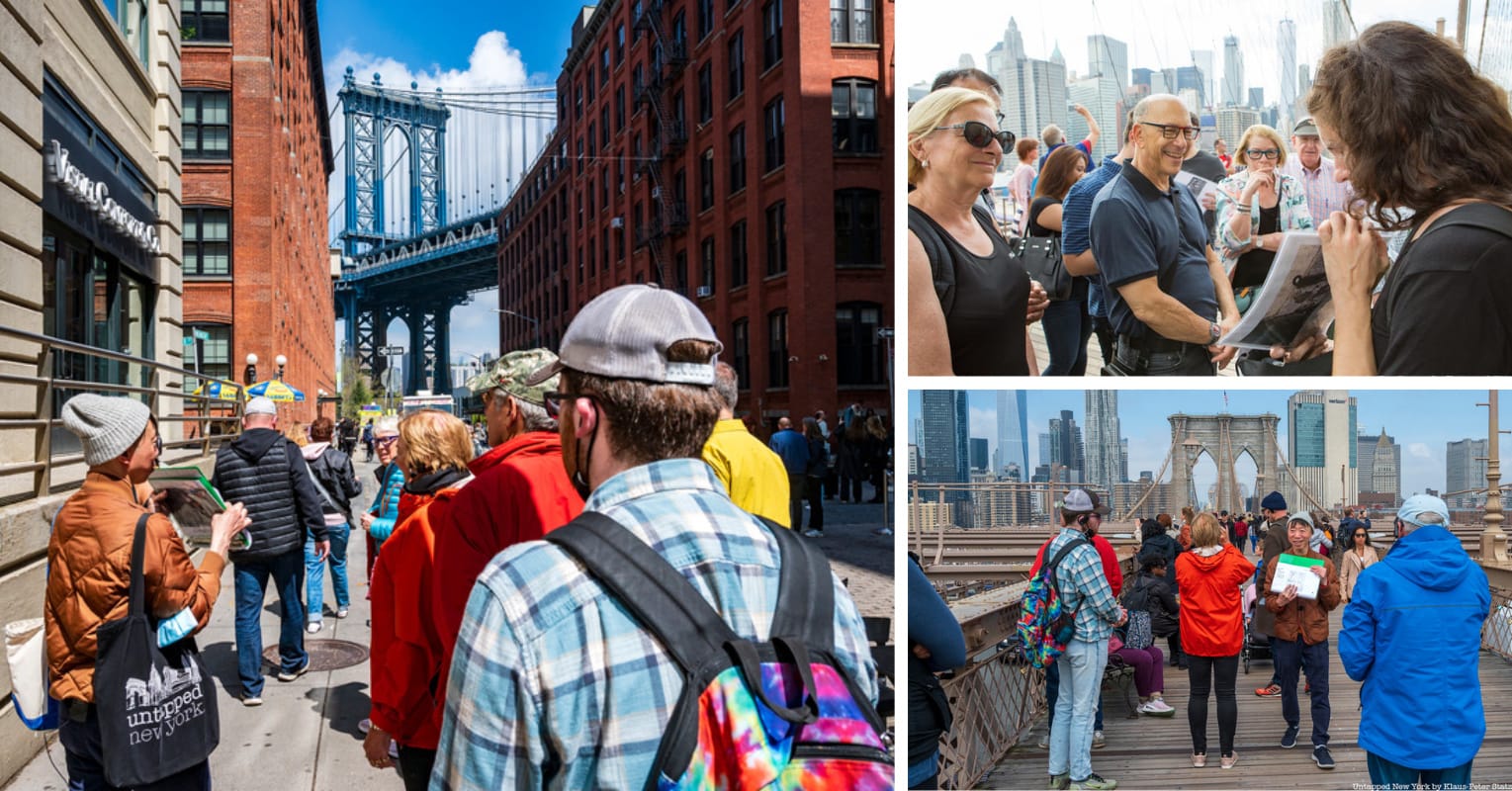
Walk NYC's iconic span and explore the formerly industrial waterfront neighborhood that is now one of the most visited (and Instragrammed) sites in all of New York!
For a decade, “Mrs. Roebling applied herself to the study of engineering, and she succeeded so well that in a short time, she was able to assume the duties of chief engineer,” a friend told the New York Times in 1883, “Such an achievement is something remarkable.” The source goes on to give an example of Emily’s engineering knowledge, explaining how she sat in on a meeting with steel and iron mill representatives and helped come up with new patterns that were needed for the bridge. Not only did Emily Roebling, who was highly educated, oversee the engineering staff and construction, but she also became the public face of the bridge, negotiating with contractors, attending events, and fielding communications with reporters, trustees, and politicians.
Though she never claimed the title of engineer for herself publically, she boasted privately of her accomplishments. In a letter to her son, she wrote, “I have more brains, common sense, and know-how generally than any two engineers civil or uncivil that I have ever met, and but for me, the Brooklyn Bridge would never have had the name of Roebling in any way connected with it!”
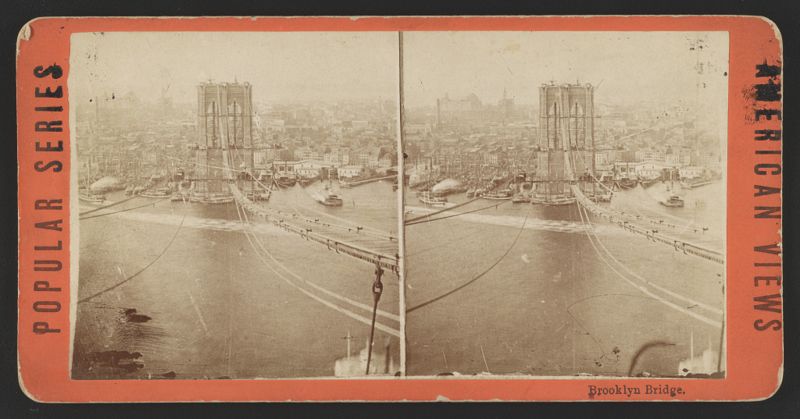
Emily Roebling was fearless in many ways and proved her daring by walking between the two towers of the Brooklyn Bridge, two years before it was officially completed. On December 12, 1881, a steadfast Emily led a group of trustees across the bridge from Brooklyn to Manhattan, walking along a five-foot-wide, wooden plank footbridge suspended high over the East River. Once safely across, there was a champagne toast to celebrate, and no doubt calm the nerves of the trustees who followed in Emily’s sure footsteps.
The temporary footbridge was made for workers on the bridge. Emily, acting as the Chief Engineer, had walked along the bridge multiple times during her on-site visits. Not everyone was brave enough to make it all the way across. Some reporters with weaker stomachs and shakier knees turned around after going only a short distance.
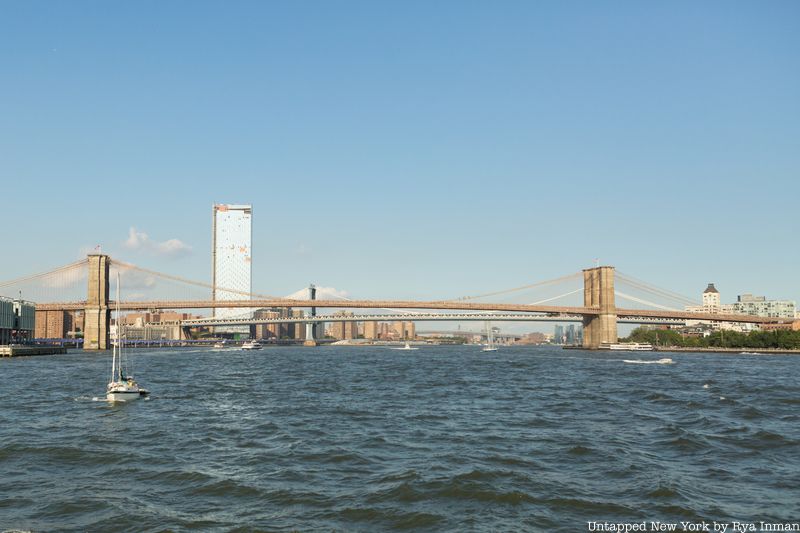
When the bridge officially opened, Emily Roebling sent out invitations to her female friends requesting that they join her “party of ladies” for the “opening of the big bridge.” Emily wanted her friends to form “a procession across to the bridge, sort of in opposition to the presidential procession on the New York side,” she wrote.
Before the official opening day ceremonies, Emily was given the honor of being the first person to drive across the bridge in a carriage and she brought an interesting companion. Sitting in her lap for the horse-drawn ride was a rooster which served as a symbol of victory. On opening day, May 24th, 1883, over 150,000 people made their way across the new span. President Chester A. Arthur rode across the bridge in a procession from the Manhattan side and then attended a reception at the Roebling home.
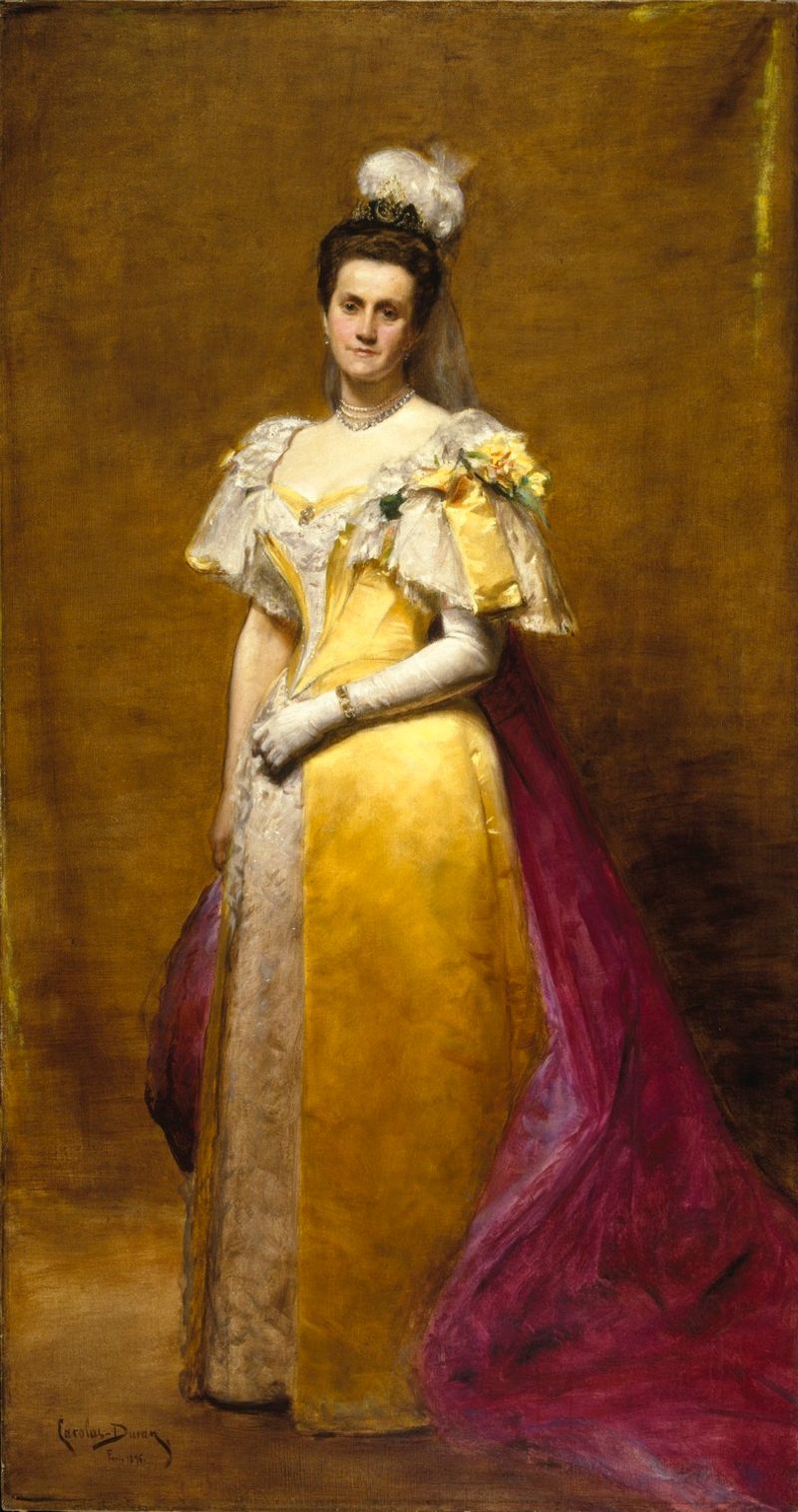
After the Brooklyn Bridge was complete, Emily kept busy pursuing other worthy endeavors. In 1899, she obtained a Women’s Law Course certificate from New York University. While most women simply audited the courses, Emily took the exams. At the graduation ceremony, an essay that she submitted to a contest was read aloud. It was titled, “A Wife’s Disabilities.” The essay showed support for female suffrage and touched on the topics of marriage law and inheritance.
Throughout the rest of her life, Emily traveled across the country and across the world lecturing and advocating for women’s equality. She had quite an exciting trip to Europe in 1896. While abroad that year, she was received by Queen Victoria at the Court of St. James. She also attended the coronation of Czar Nicholas II of Russia.
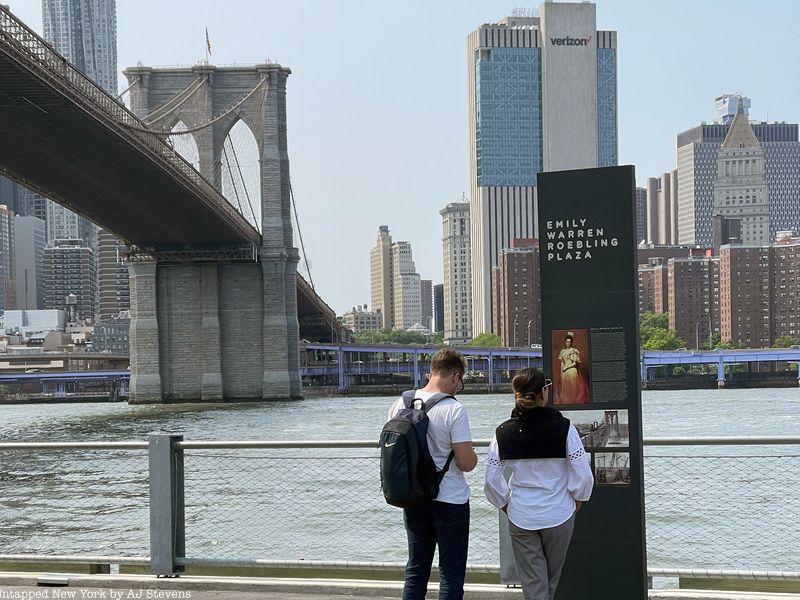
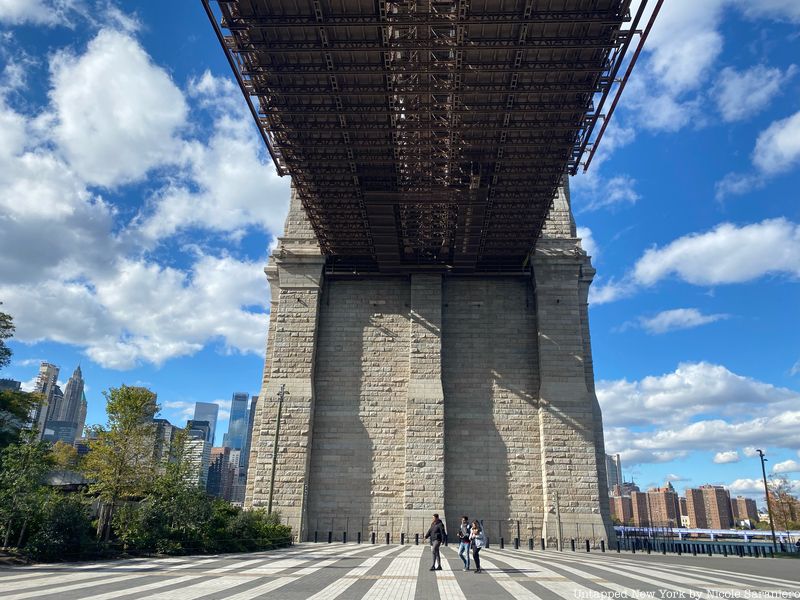
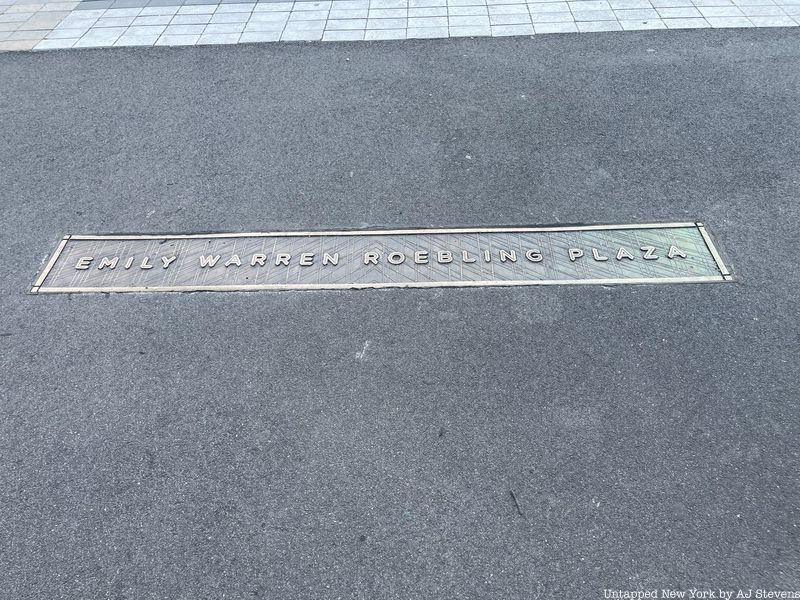
During her lifetime, Emily’s achievements were always obscured by the shadow of her husband. In 1951, a plaque dedicated to the builders of the Brooklyn Bridge was installed on the bridge by the Brooklyn Engineers Club. It states that Emily’s “faith and courage helped her stricken husband Col. Washington A. Roebling complete the construction of this bridge,” and “back of every great work we can find the self-sacrificing devotion of a woman.”
Though it took over a century, Emily Roebling is now getting the recognition she deserved. There have been scholarships named in her honor, children’s books written about her, and a plaza in Brooklyn Bridge Park bears her name, as does a street in Brooklyn. Construction on Emily Roebling Plaza broke ground in 2020. The plaza added two acres to the park and connected the Main Street and John Street park sections to the southern piers with pedestrian walkways. From Emily Roebling Plaza, visitors have a unique view of the bridge, from underneath the span!
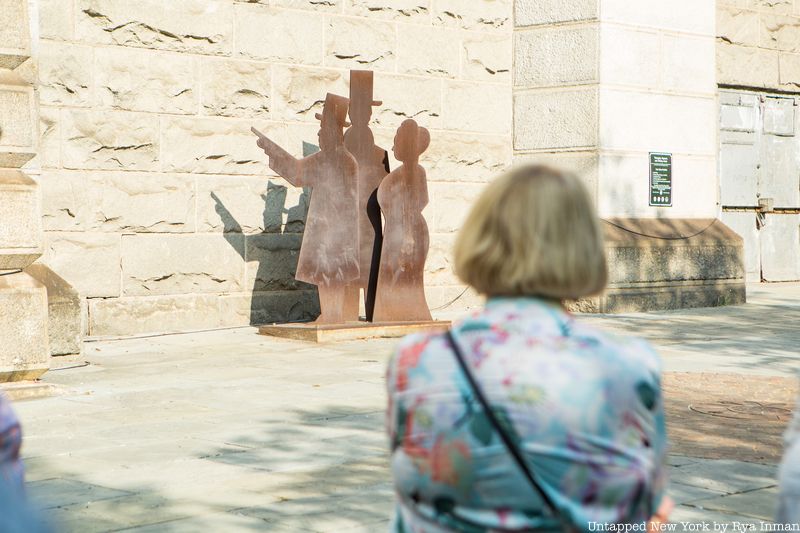
In Anchorage Plaza on Old Fulton Street and Front Street, you can usually see a sculpture dedicated to the three Roeblings. The statue depicts the silhouettes of John, Washington, and Emily gazing up at their work. At this time, the statue has been removed while work is being done to the plaza. It is unclear if and when the sculpture will return.

Walk NYC's iconic span and explore the formerly industrial waterfront neighborhood that is now one of the most visited (and Instragrammed) sites in all of New York!
Learn more about the Roeblings and the engineering feats of the Brooklyn Bridge on our Secrets of the Brooklyn Bridge walking tour!
Next, check out 15 Secrets of the Brooklyn Bridge
Subscribe to our newsletter